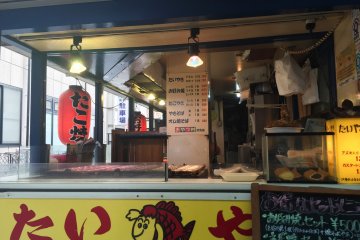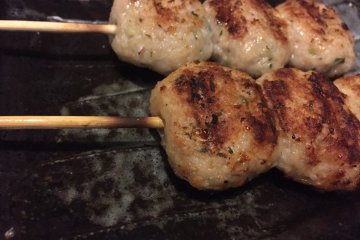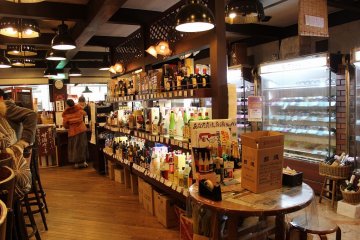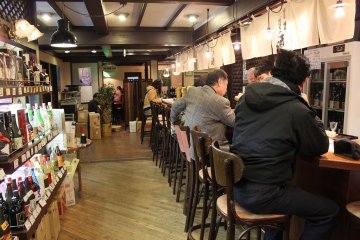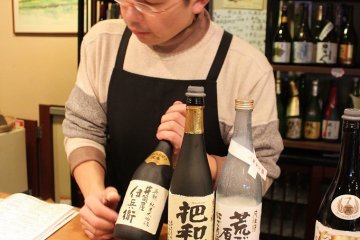There are quite a few guidebooks for exploring Kyoto. They feature attractions like tours of historical shrines and temples, representative garden strolls like those of Ishikawa Jozan, art viewing itenearies to see the Japanese paintings of Kano Tanyu, and a cuisine adventure of local cuisine and Japanese-style pickles
Since ancient times Kyoto, home of the imperial residences and sophisticated aristocratic culture, was the political center of Japan. Over hundreds of years the culture of the old capital developed and refined itself.
The same can be said of Japanese sake.
To make the perfect brew of sake requires a high quality blend of water, rice, and sake technology. The Fushimi area of Kyoto is said to take pride in all three of these necessities, and that is reflected in the natural taste of the local sake.
After World War II, the creation of the cheap rice substitute sanbai-zoujyou seishu (三倍増醸清酒) destroyed the sake pricing market. Then slowly since the 1980's, the craftsmen passion to make sake began to stir in the younger generation.
International wine and alcohol competitions once previously void of sake, now feature sake drinks recognized for their high degree of perfection and taste, gaining fans across the world.
Japanese sake has now become world sake.
Now at restaurants, along with the expensive Burgundy Montrachet wines, high grade Junmai Daiginjo (純米大吟醸) sake is also recommended by the sommelier.
For these Japanese sake fans, there is no better place to rejoice than Fushimi in Kyoto.
The Fushimi area of Kyoto has a total of 19 sake breweries and sake stores lining the streets, each with their own brews and personality. However, the greatest of all is surely the store "Aburacho" (油長).
To access Aburacho, use the Kintetsu Line and set out from Momoyama Goryo-mae Station. It is nearby in the middle of the Otesuji shopping area.
Step inside and you won't only be able to find Fushimi brewed sake, but wine and shochu as well. The store's claim to fame is that visitors can sample all of the alcohol inside the store. If you find a drink you like, it is possible to purchase it on the spot.
There is counter seating with about ten stools. Once you sit down a small tray will be brought to you. On the tray is a sake cup for sampling the alcohol, with small dishes of tofu and miso. The cup used for drinking is called the "kikichoko". It has a two deep blue ring design on the bottom of the inside of the cup.
These colored rings could be called the "bull's eye" in English, but the Japanese characters (蛇の目) literally mean "eye of the serpent".
The blue rings contrast with the white of the porcelain cups, allowing drinkers to judge the cloudiness or clarity of the sake. One miniature sake cup holds 40cc of liquid.
The inventory of the shop is impressive, with a total of 80 types of sake from Fushimi, including Ginjo, Daiginjo, Junmai, Zurarito grades.
In order to appreciate the taste of alcohol, the three sake samples are served from subtle to heavy taste.
With 19 breweries each with their own flavor, it is recommended to sample a little food between drinks to reset your palate.
Among these, "Kyoto Iwaimai, sanwari-gobu migaki, Izutsuya Dembei (京都・祝米 三割五分磨 井筒屋伝兵衛)" and "Tamanohikari densho, yamahai-jikomi, Junmai daiginjo (玉乃光 伝承 山廃仕込 純米大吟醸)" take your taste buds to paradise.
Sake is beautiful, I thought.
Although I learned the original practice of tasting sake involves spitting it out after you have sampled it in your mouth, swallowing or spitting, I happily indulged the unforgettable flavors.
Next time I want to try 3 different kinds of sake.
Now travelers can enjoy this sake experience in Kyoto, but we must remember to give thanks to the old timers and past generations which continued to brew sake even when it was not popular nor profitable.
In the words of the late sake fan and literary critic Ken Kaiko (*translator's interpretation):
"Well then, tonight we drink. Certainly art continues for eternity, but life is short. Still, we have time for this one drink. Cheers to twilight!"
During the twelfth month of winter, days are short. Walking along during the period of dusk, a tinge of red still stains the cheeks of tipsy drinkers.
After a quick hour at Aburacho, the faint smell of winter entered the wine cellar as I opened the door to depart.




